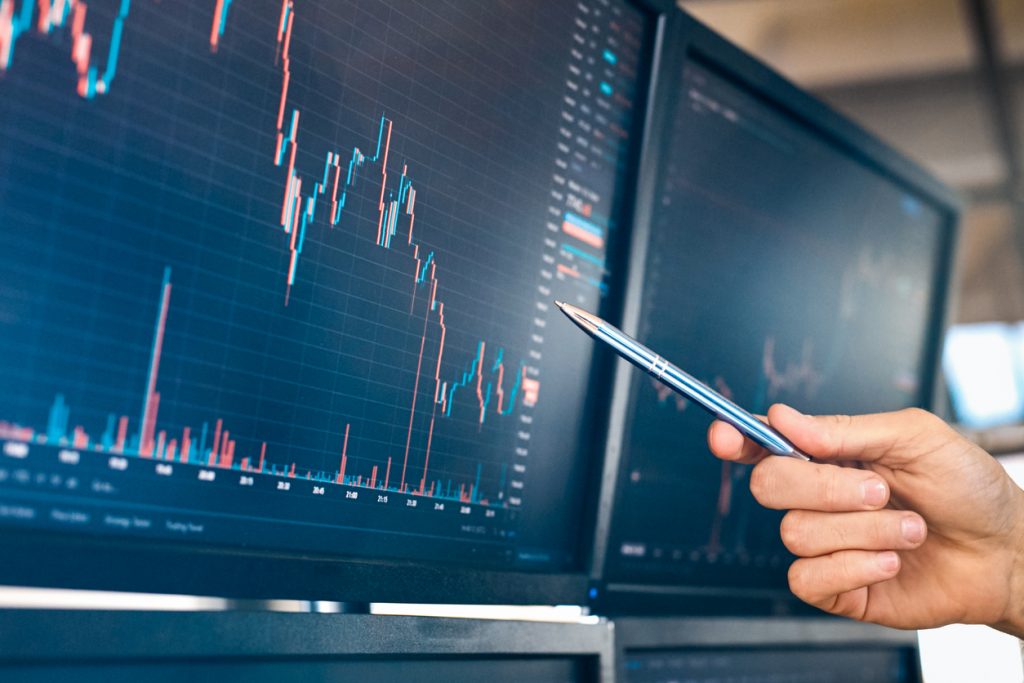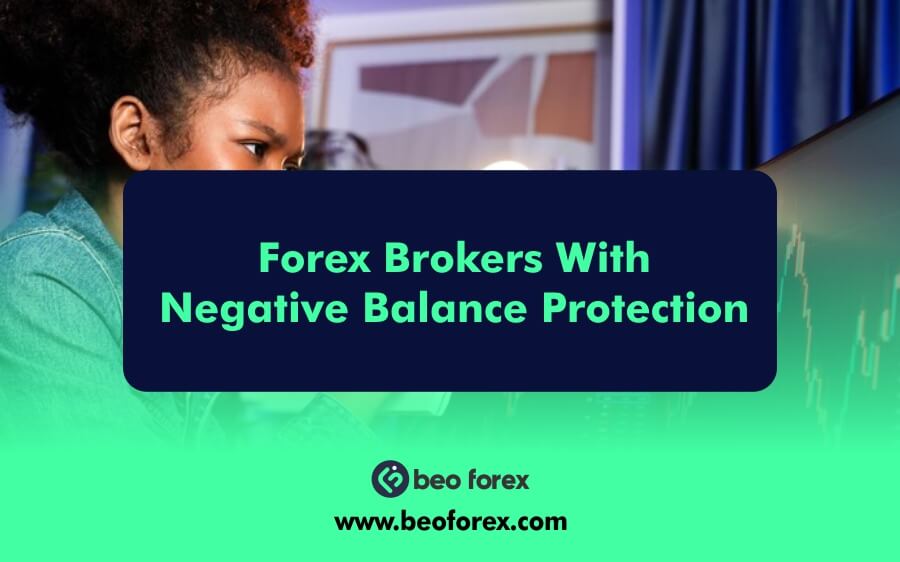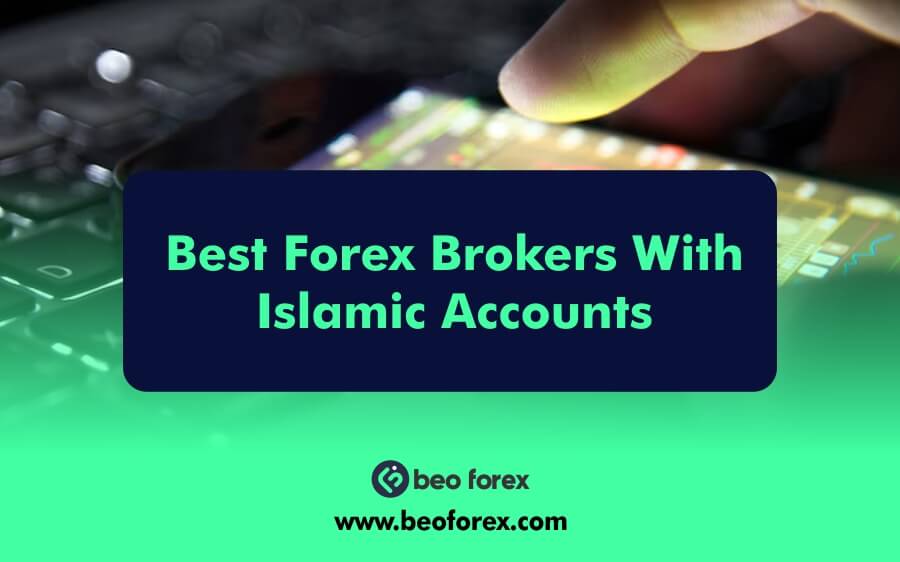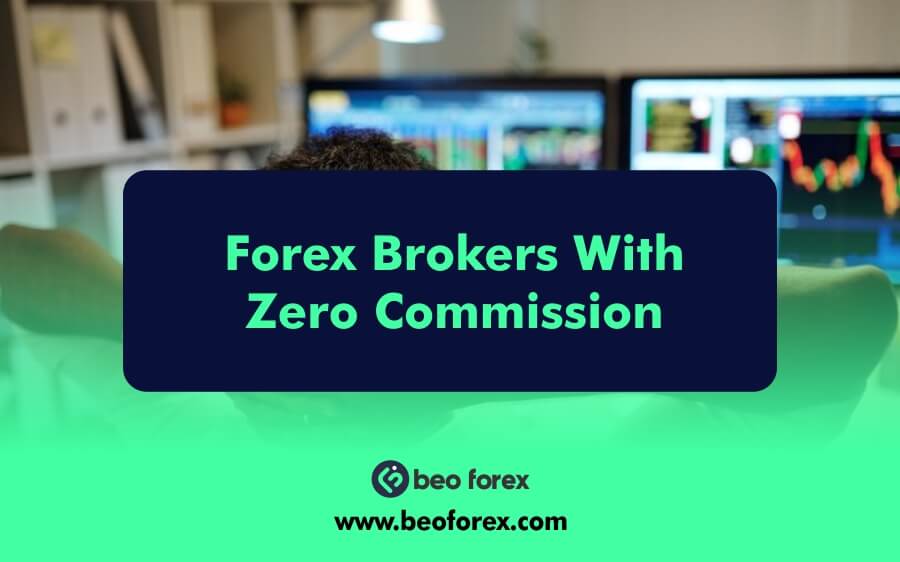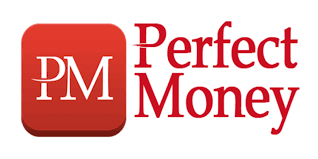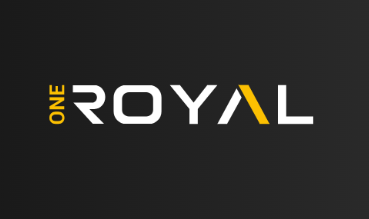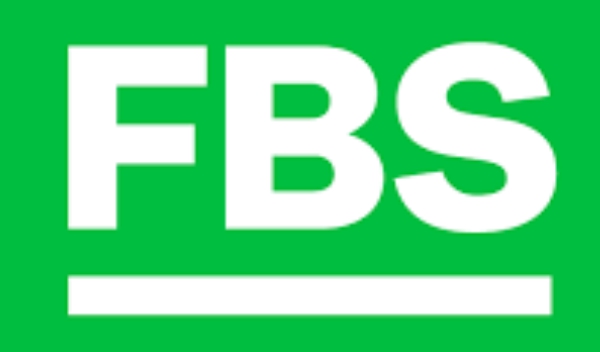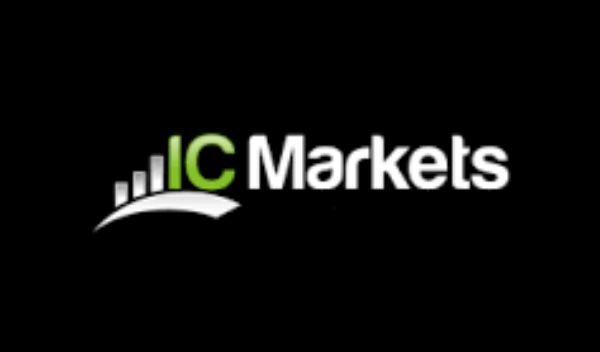The term “foreign exchange” which stands for Forex refers to the act of buying or selling one currency for another.
While the term “foreign” is used, it is merely a descriptive term. The terms “foreign” and “domestic” have different meanings depending on who is using them.
What one person considers foreign is deemed domestic by another.
A more accurate description would be “currency exchange.”
The forex market (also known as “foreign exchange” or “FX”) is a global marketplace where currencies are traded and exchange rates are decided for each currency.
What is Forex (FX)?
It is a decentralized or over-the-counter (OTC) market that deals with all aspects of currency buying, selling, and exchange.
With an average daily trading volume of $6.6 trillion, the FX market is the world’s largest market in terms of trade volume.
The words FX, forex, foreign exchange market, and currency market are frequently used. All of these concepts apply to the FX market and are interchangeable.
Prior to the advent of broadband internet, currency trading was extremely difficult for individuals. Because trading currencies necessitated a considerable amount of cash, the majority of currency traders were large multinational organizations, hedge funds, or high-net-worth individuals (“HNW”).
When high-speed internet became more affordable to a wider range of consumers, a retail market catering to individual traders arose, allowing easy access to the foreign currency markets.
Individual traders can now control a huge trade with a little account balance thanks to the significant leverage offered by forex trading platforms.
What is the forex market?
The forex market is the largest in the world, with approximately $5 trillion transacted every day.
From late Sunday to Friday, the currency market is open 24 hours a day, 5.5 days a week.
It opens at 5:00 p.m. ET on Sunday and closes at 5:00 p.m. ET on Friday.
The opening of the market in New Zealand signals the start of trading. As other financial centers open, such as Sydney, Singapore, Hong Kong, and Tokyo, the trend will continue. Zurich, Frankfurt, Paris, London, and New York City round out the list.
As the trading day in the United States comes to a close, the currency market in Auckland, New Zealand, reopens.
Unlike other markets (like the stock market), this means that currencies are being traded at all times, day or night.
Because there is no central exchange platform for foreign exchange, this “round-the-clock” trade is conceivable.
There are no centralized exchanges since institutional currency trading takes place in an over-the-counter (OTC) market between two parties (bilateral transactions).
Instead, a global network of banks and other organizations oversees the FX market.
This means that all transactions between merchants throughout the world take place using computer networks (instead of on one centralized exchange).
Most forex traders do not take delivery of the currency they are speculating on. They do not wish to have a truckload of euros delivered to their doorstep.
Instead, traders will make exchange rate predictions in order to profit from market price fluctuations.
Trading derivatives, such as a rolling spot FX contract, is the most common way to do this.
Trading derivatives allows you to bet on the price swings of an asset without really owning it.
When trading forex, for example, you can forecast which way the price of a currency pair will move. Your profit or loss is determined by how accurate your prediction is.
Three Types of Forex Markets
On the FX market, there are three different ways to trade: spot, forward, and future.
- Spot forex market: the physical exchange of a currency pair that occurs at the time the trade is settled – i.e. ‘on the spot’ – or within a short period of time. Over-the-counter derivatives based on the spot forex market are available.
- Forward forex market: A contract traded over-the-counter that commits to buying or selling a specific amount of a currency at a specific price on a specific day in the future or within a specified range of future dates.
- Futures forex market: a contract to buy or sell a specific amount of a given currency at a specific price and date in the future, exchanged on an exchange.
Because it is the “underlying” asset on which the forwards and futures markets are based, forex trading in the spot market has traditionally been the largest market.
The futures market used to be the most popular trading venue since it allowed individual currency dealers to trade for longer periods of time.
However, with the introduction of broadband internet and faster and less expensive computers, online trading became more accessible and affordable, and retail forex brokers emerged.
The spot market has developed at an exponential rate since then, and it has surpassed the futures market as the preferred trading venue for individual currency traders.
On the spot market, currencies are bought and sold at the current market price.
That price, which is determined by supply and demand, is influenced by a variety of factors, including current interest rates, economic performance, domestic and international politics, and expectations for future performance of one currency vs another.
A “spot deal” is when a deal is completed on the spot.
It is a bilateral transaction in which one party gives the other (the “counterparty”) an agreed-upon currency amount in return for a specified amount of another currency at the agreed-upon exchange rate value. The settlement of a position is in cash after it is closed.
Despite the fact that the spot market is known for dealing with transactions in the present (rather than the future), these trades take two days to settle.
The forwards and futures markets, unlike the spot market, do not deal in actual currencies. Instead, they work using contracts that establish claims to a given currency type, a specific unit price, and a future settlement date.
Contracts are purchased and sold OTC on the forwards market between two parties who decide the terms of the agreement between themselves.
Futures contracts are bought and sold on public commodities markets, such as the CME Group, based on a specified size and settlement date.
The National Futures Association controls the futures market in the United States. Futures contracts feature particular details that cannot be changed, such as the quantity of units being traded, delivery and settlement dates, and minimum price increments. The exchange serves as the trader’s counterparty, providing clearance and settlement.
Both forms of contracts are legally binding and are normally settled for cash at the respective exchange after they expire, however contracts can be bought and sold before they expire.
Large international firms utilize the forwards and futures markets to protect against future exchange rate swings, but currency speculators also participate.
What is forex trading?
The simultaneous purchase of one currency and the sale of another is known as Forex Trading.
You purchase and sell currency pairs when you trade in the forex market.
The three-letter codes for each currency in the pair are listed below.
The country (or region) is represented by the first two letters, while the currency is represented by the third letter.
The US dollar, for example, is denoted by USD, while the Canadian dollar is denoted by CAD.
USDCAD is a currency pair.
You buy the US dollar by selling the Canadian dollar in the USD/CAD pair.
How to read a currency quote
The base currency is the first currency specified in a forex pair, while the quote currency (sometimes known as the “counter currency“) is the second.
The value of one unit of the base currency in the quote currency is the price of a forex pair.
Fore example, the base currency for the currency “EUR/USD” is EUR, while the quote currency is USD.
If the EUR/USD rate is 1.1080, one euro is worth 1.1080 dollars.
If the euro appreciates versus the dollar, a single euro will be worth more dollars, raising the price of the pair. If it falls, the price of the pair will fall as well.
You can buy a pair (“go long”) if you believe the base currency in the pair will strengthen versus the quote currency.
You can sell the pair (“go short”) if you believe it will weaken.
What is leverage in forex trading?
You can use leverage to boost your exposure to a financial market without having to put as much money into it.
When trading forex, you have the option of using leverage to open a trade.
You don’t have to pay the whole value of your trade up front when trading with leverage. Instead, you make a tiny down payment known as margin.
When you terminate a leveraged position, however, your profit (or loss) is calculated based on the entire trade size.
This means that while leverage might increase earnings, it can also increase losses.
Your losses could potentially be more than your initial investment!
It’s critical to understand how to manage risk while trading with leverage.
What is margin in forex trading?
Margin is an important component in leveraged trading.
The term “margin” refers to the initial deposit you make to initiate and maintain a position.
When trading forex on margin, keep in mind that your margin requirements will vary based on your broker and the size of your trade.
In most cases, the margin is expressed as a percentage of the total position.
For example, to open a one-min lot position (10,000 units) on EUR/USD, a deposit of 2% of the entire value of the position may be all that is required.
While you’re still risking $10,000, you’ll only need to put down $200 to obtain the entire exposure.
What is a pip in forex trading?
The units of measurement for movement in a forex pair are pips.
A forex pip is a unit of measurement for a movement in a currency pair’s fourth decimal place.
If EUR/USD moves one pip from $1.10500 to $1.10510, for example, it has moved one pip.
Pipettes, fractional pips, or “micro pips” are the decimal places presented following the pip and indicate a fraction of a pip.
The exception to this rule is when the quote currency is given in considerably smaller amounts, as is the case with the Japanese yen, which is the most prevalent example.
A single pip is defined as a movement in the second decimal place in this situation.
If USD/JPY moves from ¥110.00 to ¥110.01, for example, it has moved a single pip.
What is the spread in forex trading?
The bid and ask prices are included in all currency quotes.
You utilize the ask price if you wish to buy .
You utilize the bid price if you wish to sell.
So “ask = buy” and “sell = bid”.
The spread is the difference between the buy and sell prices quoted for a forex pair in forex trading.
The spread on EUR/USD would be two pips if the buy price (the “ask”) was 1.1053 and the sale price (the “bid”) was 1.1051.
You trade at the buy price, which is slightly above the market price, to begin a long position.
You trade at the sell price, which is somewhat below the market price, if you want to initiate a short position.
What is a lot in forex trading?
Lots, which are batches of currency intended to standardize the quantity for forex deals, are used to trade currencies.
A standard lot in forex trading is 100,000 units of currency. Mini lots and micro lots, valued 10,000 and 1000 units respectively, are also available in smaller sizes.
| LOT | NUMBER OF UNITS |
| Standard | 100,000 |
| Mini | 10,000 |
| Micro | 1,000 |
If these lots are too tiny for you, you can also trade a “yard” which is a billion units (1,000,000,000).
How is the forex market regulated?
How do you govern a global market that trades 24 hours a day, 7 days a week?
Despite the FX market’s immense scale, there is no global oversight because there is no regulating organization to oversee it 24 hours a day, seven days a week.
The forex market is not governed by a centralized body.
Instead, governmental and independent authorities all around the world oversee local forex trading, as well as overseas markets, to ensure that all forex providers follow particular guidelines.
Regulatory organizations govern forex by establishing criteria that must be followed by all forex brokers operating within their jurisdiction.
These requirements include being registered and licensed with the regulating authority, conducting regular audits, notifying clients of specific changes in service, and more.
This contributes to the ethics and fairness of forex trading for all parties involved.
The Commodities Futures Trade Commission (CFTC) and the National Futures Association (NFA) are the two principal regulatory authorities in charge of the forex market in the United States (NFA).
Why trade forex?
Large trading volume, representing the world’s largest asset class, results in high liquidity.
- Geographical dispersion
- Continuous operation: 24 hours a day except for weekends
- There are numerous factors that influence currency exchange rates.
- High leverage is used to increase profit and losses in relation to account size.

